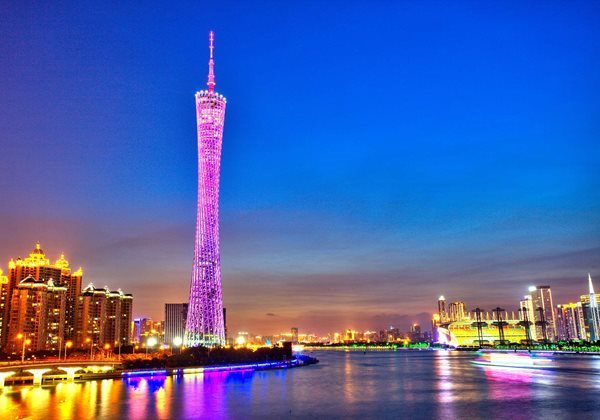Published on 21 January 2020

China's central bank, the People's Bank of China (PBOC) cut bank's RRR by 50 basis point with effective from 6 Jan 2020. The latest cut of RRR was the fourth times since 2019 which PBOC attempted to free up around 800 billion yuan this time for banks to lend, as economic growth has slowed down to the weakest pace since 1990. The GDP has declined from the previous peak of 14.2% in 2007 to 6% in the 3rd quarter of 2019.
While PBOC said it expects total liquidity in the banking system to remain stable, the increase in corporate debt defaults and problems at some smaller banks in recent years remain the concerns to the financial system.
One of the main purposes for the latest fund release is to fund small and local businesses but with little success in the past, mainly due to the obvious weaker credit rating and collateral the small and local business can provided.
As the result, the size of shadow banking remains high. According to the China Beige Book International, a provider of independent data on the Chinese economy, the shadow lenders accounted for 39 per cent of total lending in the 3rd quarter of 2019. Among shadow bankers, trust companies and non-bank state-owned companies constituted the largest share of lending.
So, the BIG question is if China is running out of option?
By cutting of the RRR or interest rate alone, one can expect that there is a limitation of its effectiveness, especially in the current global slow growth economy environment. Besides, once the market is getting used to the rate cutting as a stimulus measure (as is the case for US), the Central Bank is running a risk of how much more can it cut before it turns negative.
The approach adopted by China is a diversify one. Besides cutting the RRR and interest rate, China has gradually opened the domestic market and foreign ownership in the country. Afterall, the growth in China for the past 40 years has largely benefited from the Foreign Direct Investment, after the economic reform in 1978.
On the other hand, China's advantages over the cheap labor cost and manufacturing of low value products have been long gone. Hence, China is moving up the value chain to the higher-tech, higher value products.
China has been investing huge resources in the Research & Development (R&D) and gradually has some success in the area like online trading, aerospace, computing, telecommunication equipment, industrial robotic, Artificial Intelligence (AI) and automotive battery. According to Xin Hua news in Sept 2019, China's total expenditures on R&D hit a record high of 1.97 trillion yuan in 2018. The Asian Nikkei in Mar 2019 also reported that China filed 30,000 public patents for AI in 2018, a roughly 10-fold jump in five years and about 2.5 times more than US, which it surpassed for the lead in 2015.
More importantly, China has gradually shifted its focus to the domestic consumption in the recent years. Based on McKinsey & Company's report*, in 11 of the 16 quarters since 2015, consumption has contributed more than 60% of GDP growth in China. For 2017 to 2018 alone, about 76 percent of GDP growth came from domestic consumption.
This is not hard to imagine given that the sheer size and population of China. The geographic size and population of some provinces in China can be as big if not bigger than some countries in the world. The promotion of interaction and integration within the provinces have created a massive force for the growth in the country.
Take an example of the domestic tourism. With the weaker yuan and global tension, Chinese tourist is cutting back on overseas travelling and spending. With the promotion of the domestic travelling by the Chinese government, the China Tourism Academy expected the domestic visitor arrival be grown 8.8% to reached 3.08 million in the 1st half of 2019 and generated tourism revenue of 2.78 trillion yuan over the same period of 2018.
The domestic trades and consumption have also created a positive domino effect for many services industries, including but not limited to travel, hotel, restaurant, transport and retails. This in turn, keeps many small and local businesses survive, and at the same time support the employment which is vital for the stability of every country. The spending in domestic will also be pumping back to the local economy, which is one of the key elements of growth. While the recirculation of money will likely result in some form of inflation, this is perfectly fine during the slow growth economy environment, as we can see in Japan.
With a huge population and some of the provinces are yet to be fully developed, the opportunities of domestic consumption and trading will be the next big thing in China’s growth.
Combining with the continuous improvement of the connectivity between China and other countries through the Belt and Road initiative, China is in a better position to weather the storm and sustain its economy growth.
*Based on McKinsey & Company July 2019, "China and the world: Inside the dynamics of a changing relationship" report.